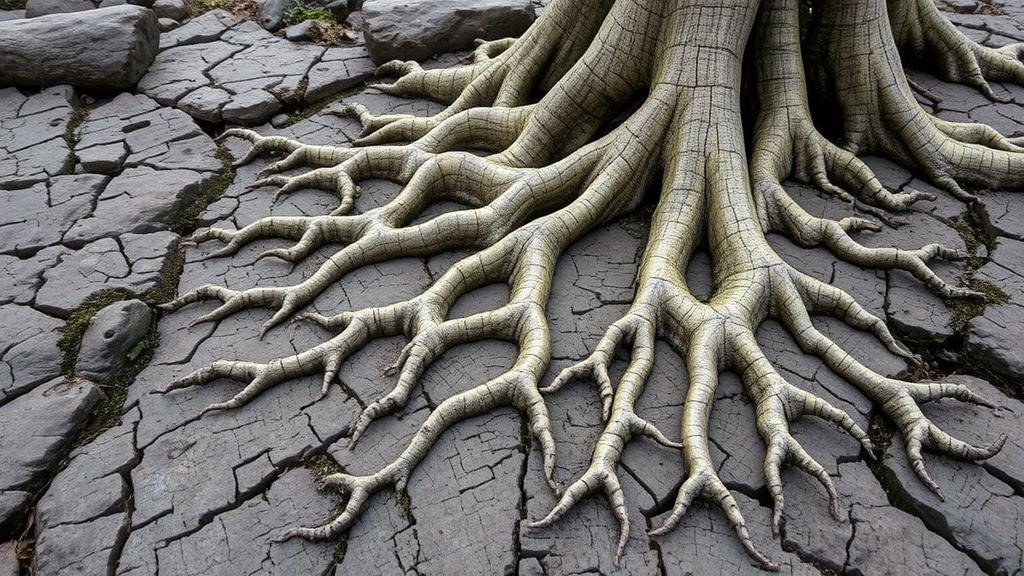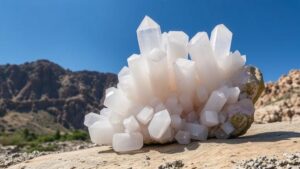Discovering fossilized tree roots in the peat bogs of Scotland’s Orkney Islands.
Discovering Fossilized Tree Roots in the Peat Bogs of Scotland’s Orkney Islands
The Orkney Islands of Scotland, known for their rich history and stunning landscapes, offer a treasure trove for rockhounds and mineral collectors. Among its unique geological features, the peat bogs of Orkney conceal a remarkable secret: fossilized tree roots. These ancient remains provide invaluable insight into prehistoric ecosystems and are a point of intrigue for both amateur enthusiasts and professional paleontologists.
Understanding Peat Bogs
Peat bogs are wetlands characterized by the accumulation of peat, a partially decayed organic matter that creates an anaerobic environment. This unique setting is crucial for fossil preservation, as the lack of oxygen slows down the decomposition process. In Orkney, peat bogs have formed over thousands of years, allowing prehistoric flora and fauna, including tree roots, to be preserved in remarkable detail.
The Significance of Fossilized Tree Roots
Fossilized tree roots found in Orkney date back to the late Neolithic period, approximately 5,000 years ago. These fossils represent ancient species such as pine and oak. study of these fossils contributes to our understanding of climate change, biodiversity, and the ecological transitions that have occurred over millennia.
- Ancient tree species can indicate past climate conditions.
- Fossilized roots provide insights into the ancient forest ecosystems.
- The preservation of plant material can inform on current conservation efforts and biodiversity.
Identification and Characteristics
When searching for fossilized tree roots in the peat bogs, collectors should look for specific features:
- Texture: Fossilized roots often exhibit a distinctive, rough texture, differing from the smoothness of sedimentary stones.
- Color: They can display a range of colors, typically browns, blacks, and even shades of green, depending on the degree of mineralization.
- Branching patterns: Look for the intricate, branched patterns that characterize root systems.
Collecting Practices and Ethics
For rockhounds eager to collect fossilized tree roots, it’s essential to engage in responsible collecting practices to preserve the delicate ecosystems of Orkney’s peat bogs. Here are some actionable takeaway practices:
- Always check local regulations before collecting; some areas may be protected.
- Limit your collection to non-intrusive methods, such as surface collecting, to minimize environmental impact.
- Document your finds with photographs and GPS coordinates to contribute to scientific data on decaying organic material.
Real-World Applications of Fossil Studies
The study of fossilized tree roots has practical implications beyond mere curiosity. Scientists use these remnants to reconstruct past climates and understand carbon sequestration processes. ancient carbon stored in peat bogs plays a crucial role in mitigating climate change, making this research increasingly relevant in today’s ecological landscape.
Conclusion
The discovery of fossilized tree roots in the peat bogs of Scotlands Orkney Islands offers a unique glimpse into the Earths past, merging the interests of rockhounds, scientists, and conservationists alike. By understanding these ancient relics and responsibly collecting them, enthusiasts can contribute to ongoing research and preserve the rich ecological tapestry of Orkney. Whether you are a seasoned collector or a curious explorer, the peat bogs of Orkney are a worthwhile destination for your geological adventures.



